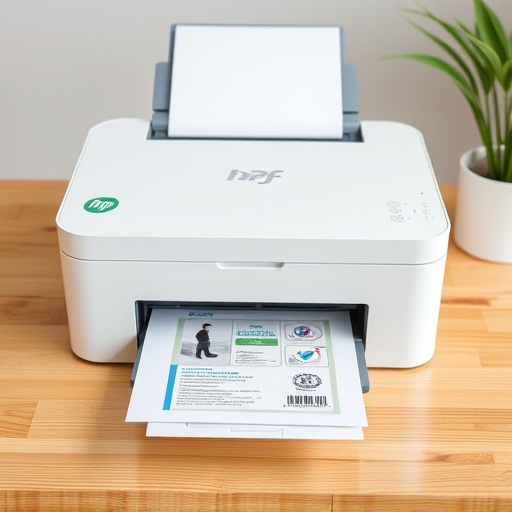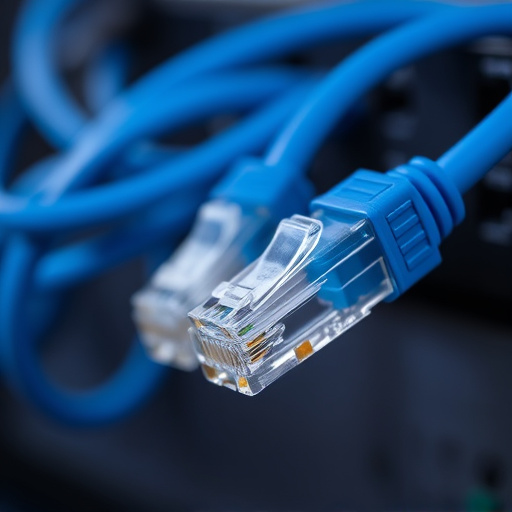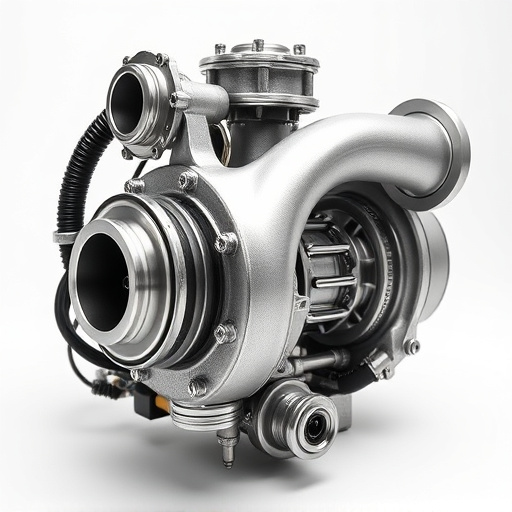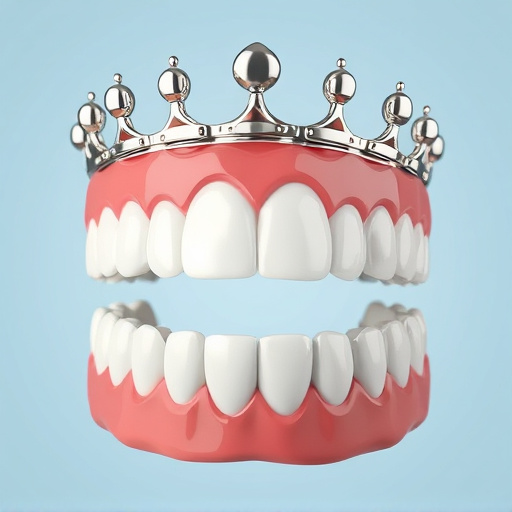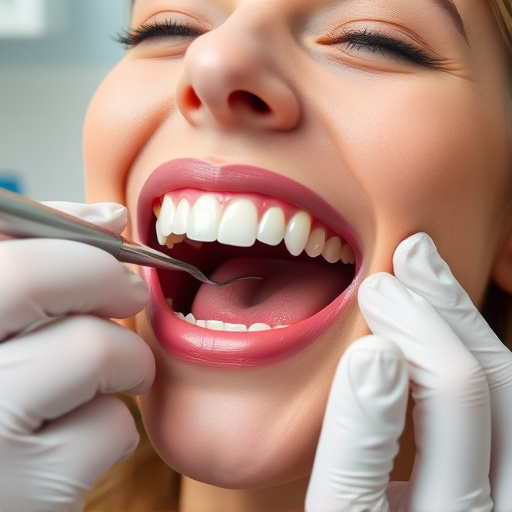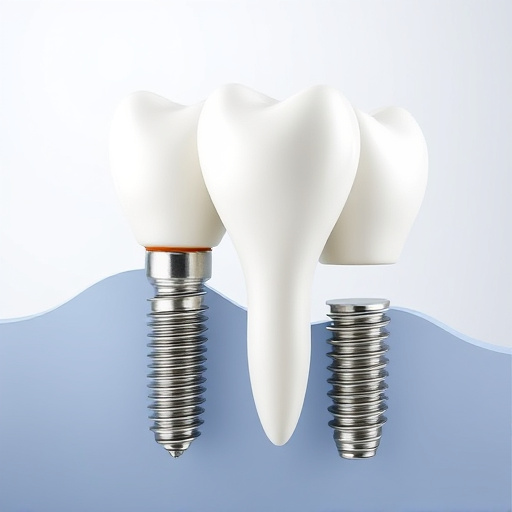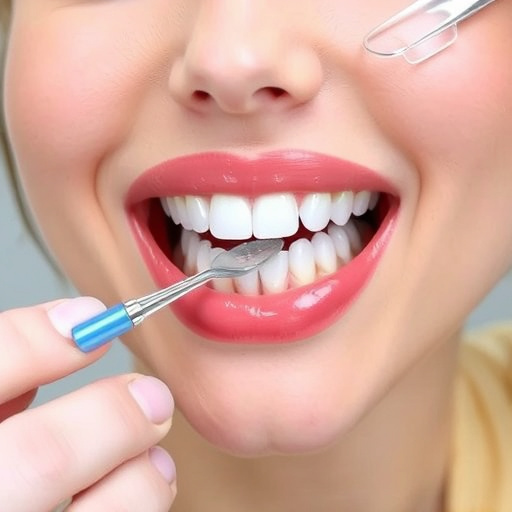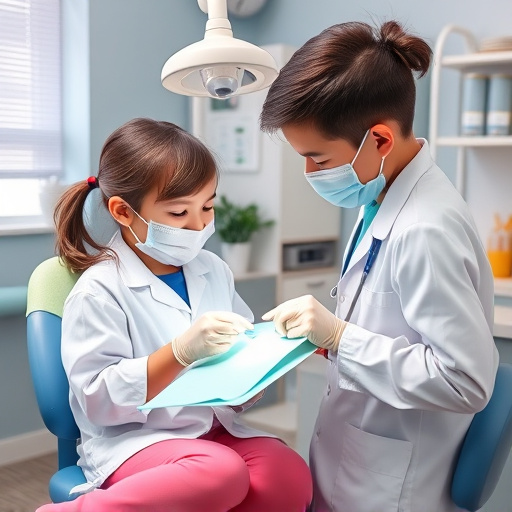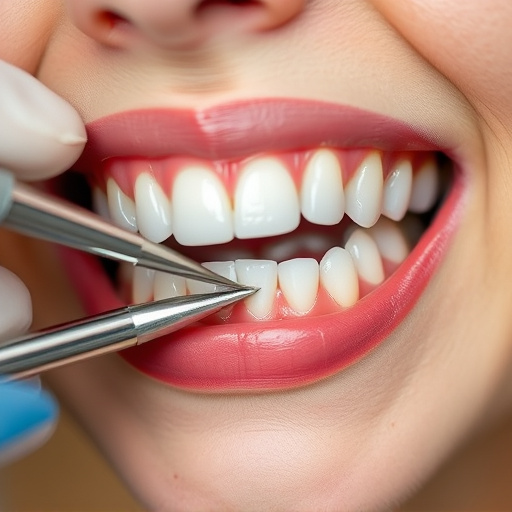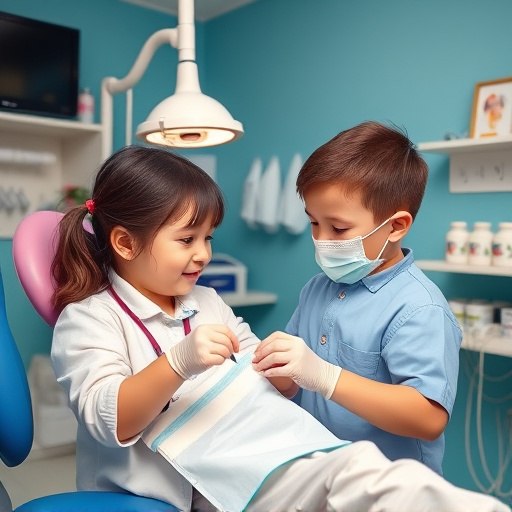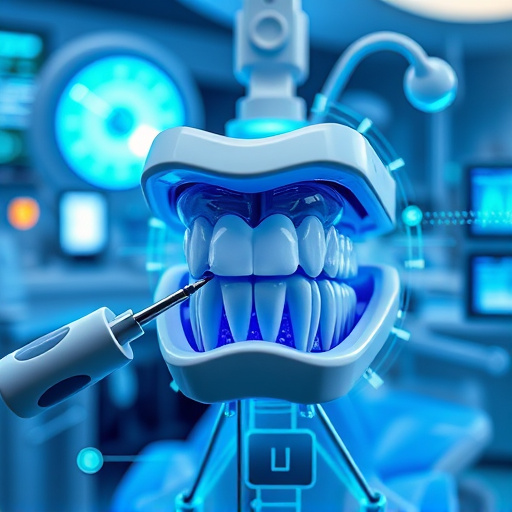In dentistry, strict adherence to sterilization protocols is essential for patient safety and care quality. These protocols involve comprehensive measures like disinfection, sterilization using autoclaves or chemical solutions, and proper storage/disposal practices to prevent infection transmission among patients and healthcare workers. Comprehensive training for dental teams ensures rigorous following of these protocols, fostering a culture of vigilance and delivering high-quality, safe care in general dentistry settings.
Dental practices heavily rely on sterile environments to prevent infections and ensure patient safety. This article delves into the profound importance of sterilization protocols in dentistry, exploring how well-trained dental teams are the cornerstone of effective infection control. We discuss strategies for equipping dental professionals with the knowledge and skills needed to adhere to strict sterilization standards, ultimately fostering a safe and hygienic oral care environment.
Key topics covered include understanding the significance of proper protocols, training methods, and implementing sustainable practices for optimal patient care.
- Understanding the Importance of Sterilization Protocols in Dentistry
- Training Dental Teams for Effective Sterilization Practices
- Implementing and Maintaining Strict Sterilization Standards
Understanding the Importance of Sterilization Protocols in Dentistry
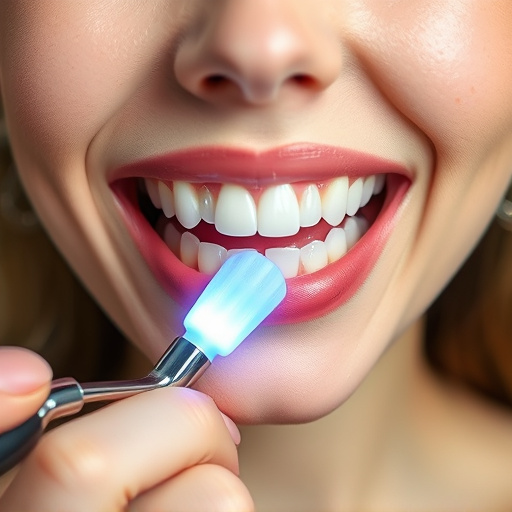
In dentistry, understanding and strictly adhering to sterilization protocols is paramount for patient safety and care quality. Sterilization isn’t merely a precaution; it’s a critical process that prevents the transmission of infections and diseases among patients and healthcare workers. Every dental procedure involves the manipulation of various instruments and materials in close proximity to oral cavities, making it an ideal environment for microbial growth if proper sterilization isn’t maintained.
Effective sterilization protocols ensure that all equipment, from dental drills and handpieces to clear aligners, dental bonding materials, and even surgical tools for procedures like dental implants, are free from harmful microorganisms. This involves a multi-step process that includes disinfection, sterilization using autoclaves or chemical solutions, and proper storage and disposal of contaminated items. By implementing these protocols, dental teams can create a safe, sterile environment, fostering trust with patients and upholding the highest standards of dental care.
Training Dental Teams for Effective Sterilization Practices
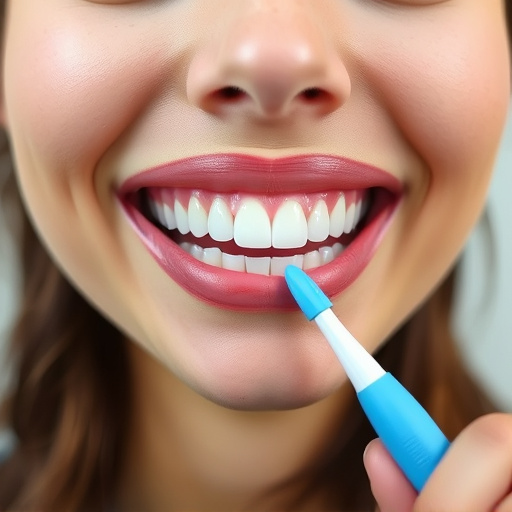
Training Dental Teams for Effective Sterilization Practices is a cornerstone of modern preventive dentistry and family dentistry. Skilled professionals in general dentistry understand that rigorous adherence to sterilization protocols is paramount to ensuring patient safety and preventing cross-contamination. This involves equipping dental teams with knowledge about various disinfection techniques, such as autoclaving, chemical disinfectants, and proper handling of reusable instruments.
Comprehensive training goes beyond the technical aspects. It also encompasses education on best practices for donning and removing personal protective equipment (PPE), maintaining a clean and sanitized work environment, and regularly inspecting and maintaining sterilization equipment. By fostering a culture of vigilance and adherence to these protocols, dental practices can deliver high-quality, safe care in a welcoming setting, reinforcing trust between patients and providers in the broader field of general dentistry.
Implementing and Maintaining Strict Sterilization Standards
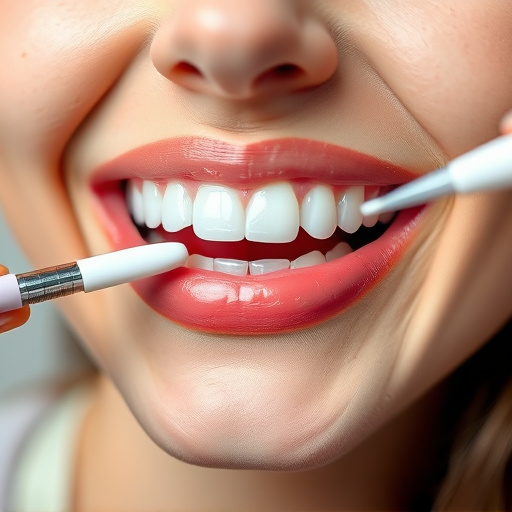
In the realm of comprehensive dental care, implementing and maintaining strict sterilization standards is a cornerstone of patient safety and infection prevention. Dental teams play a vital role in upholding these protocols, especially during procedures like tooth extractions, which necessitate meticulous sterility to mitigate risks. By adhering to established guidelines, dental practices can ensure a safe environment for both patients and healthcare workers.
This involves regularly disinfecting instruments, surfaces, and equipment using proven methods, such as high-level disinfection (HLD) or autoclave sterilization. Additionally, proper training in sterilization protocols is essential. Dental teams must understand the significance of each step, from proper hand hygiene to the secure storage of sterilized tools, to prevent cross-contamination and ensure preventive dentistry practices remain effective.
Dental teams play a pivotal role in ensuring patient safety by adhering to rigorous sterilization protocols. Through comprehensive training, dental practices can empower their staff to implement effective sterilisation procedures, minimizing cross-contamination risks and fostering a healthy environment for both patients and professionals. Implementing and maintaining strict standards is key to preventing the spread of infections, ultimately enhancing the quality and reliability of dental care services.
